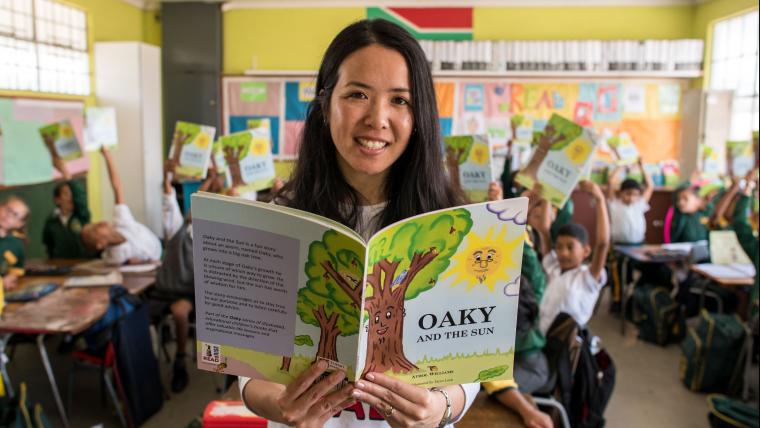
Reviving traditional harvesting to heal indigenous communities in Alaska
Indigenous communities in Alaska are running out of healthy foods. Many people live in remote areas hours away from grocery stores, and fresh produce is often delivered by plane at high costs. This scarcity is exacerbated by another problem – climate change. Compound extreme events such as droughts and flooding in the region have caused food stocks to decline. As a result, locals are also at risk of losing their traditional ways of harvesting. But Eva Dawn Burk, a Denaakk’e and Lower Tanana Dene’ Athabascan, is revitalising these methods.
“We have to learn how to adapt by not only growing our own food but protecting the habitat and advocating for our traditional foods,” she says. Burk grew up travelling semi-nomadically to harvest berries, hunt moose, and catch salmon. But as the fish began to decrease, her family stopped depending on them. While Burk went on to become an engineer, she felt compelled to address the food crisis facing her community. As an Indigenous Communities Fellow at Massachusetts Institute of Technology, Burk has worked to develop biomass heated greenhouses where people can produce food year-round in rural areas of Alaska. Alongside these advancements, she’s bringing indigenous knowledge to the fore.
“When you live off the land, you know that land better than anybody,” Burk says. At the Calypso Farm and Ecology Center, she shares traditional agriculture with others to not only become self-sustainable, but grow healthy and culturally-relevant foods such as smoked fish and labrador tea. Burk believes that with the introduction of foreign foods such as rice and pasta, indigenous communities have become more prone to diabetes, heart disease, and obesity. “I’m deeply passionate about locally-grown foods so that people are connected to the land and eating what their body needs to survive and thrive,” she says.
In the future, Burk hopes to reintroduce reindeer and bison to indigenous lands, and establish a network of farmers to sustain livelihoods and her culture. “Indigenous ways of farming in Alaska could help heal my community,” she says.
You can contribute to the work of Calypso Farm and Ecology Center here.
Footage and photos by Calypso Farm were used in the creation of this film.






























Please sign in to leave a comment